When we picture dinosaurs, colossal creatures like Tyrannosaurus rex and Brachiosaurus often come to mind. However, the fossil record tells a more complex story—one that includes diminutive dinosaurs that could fit in the palm of your hand. Despite their potential abundance during the Mesozoic Era, the fossils of these miniature dinosaurs remain exceptionally rare discoveries. This scientific puzzle has intrigued paleontologists for decades, leading to fascinating insights about preservation biases, ancient ecosystems, and the methodological challenges of finding tiny prehistoric remains.
The Size Spectrum of Dinosaurs

Dinosaurs exhibited remarkable size diversity during their 165-million-year reign on Earth, ranging from the 122-foot Argentinosaurus to creatures smaller than modern chickens. Some of the smallest known dinosaurs include Microraptor, with a length of just 2.5 feet and an estimated weight of only 1 kilogram, and Parvicursor, a nimble theropod standing about 20 centimeters tall. Compsognathus, once considered the smallest dinosaur, was roughly turkey-sized but still represented the smaller end of the dinosaur size spectrum. Recent discoveries suggest even smaller species existed, with some potentially reaching sizes comparable to modern hummingbirds, creating a remarkable parallel to the size diversity seen in modern birds, their evolutionary descendants.
Taphonomic Biases: The Preservation Problem
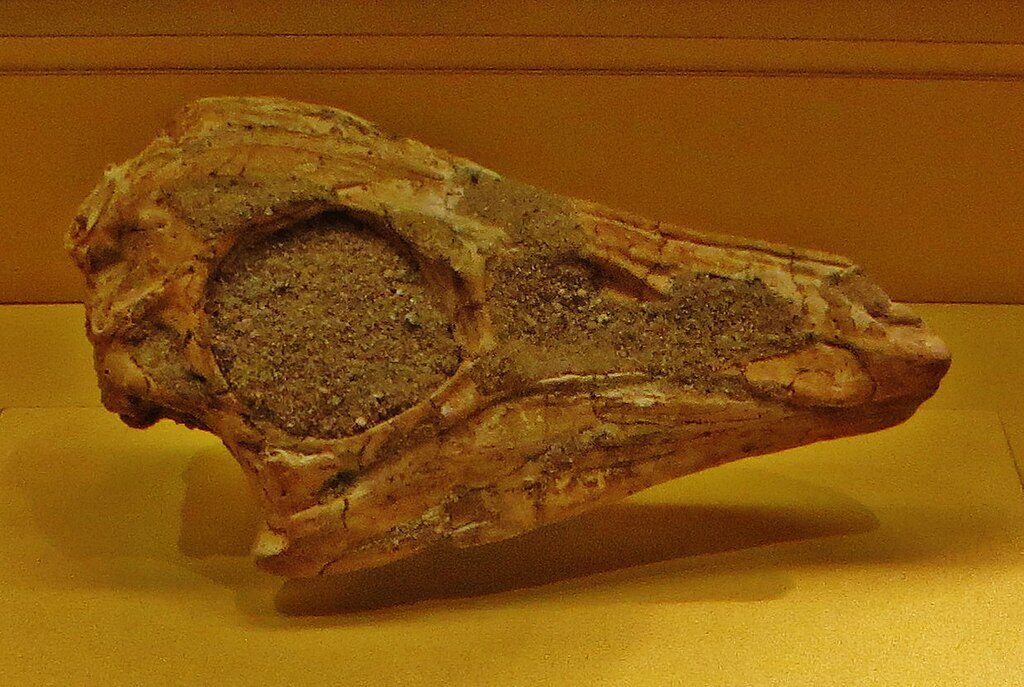
Taphonomy—the study of how organisms decay and become fossilized—reveals significant biases against small dinosaur preservation. Delicate, thin bones of small dinosaurs decompose much more rapidly than the robust skeletons of larger species, often disappearing completely before mineralization can occur. Scavengers and environmental processes typically disarticulate and scatter tiny skeletons, making complete preservation exceedingly rare. Weather elements like rain, wind, and temperature fluctuations accelerate the deterioration of small remains compared to larger bones with lower surface-area-to-volume ratios. Additionally, acidic soils and groundwater can dissolve minute bones entirely, while larger specimens might survive with partial degradation, creating a preservation environment that systematically favors larger dinosaurs in the fossil record.
Predator-Prey Dynamics

Small dinosaurs occupied precarious positions in Mesozoic food webs, serving as prey for numerous larger predators. Many tiny dinosaur species were likely consumed whole by predators, with stomach acids completely dissolving their bones and leaving no fossil evidence behind. Even when not fully consumed, predators would have fragmented small dinosaur skeletons, significantly reducing preservation potential. Coprolites (fossilized feces) occasionally preserve evidence of consumed small dinosaurs, but such findings remain extremely rare and often difficult to identify with certainty. These predation patterns mean that many small dinosaur species may have disappeared from the fossil record entirely, leaving paleontologists with an incomplete picture of dinosaur diversity skewed toward larger, less frequently predated species.
Geological Processes and Small Fossil Destruction

Geological processes over millions of years create formidable challenges for small fossil preservation. Tectonic movements, mountain formation, and erosion often destroy or severely damage fossil-bearing sedimentary layers, with smaller fossils particularly vulnerable to these destructive forces. Metamorphic processes that transform sedimentary rock under heat and pressure frequently obliterate tiny fossils while sometimes leaving traces of larger specimens. Compaction of sedimentary layers under immense pressure can crush fragile, small dinosaur bones beyond recognition, while larger bones might survive in identifiable condition. Water percolating through rock layers over millennia may dissolve or displace microfossils and small vertebrate remains, further reducing the already slim chances of small dinosaur preservation across geological timescales.
Collection and Detection Biases
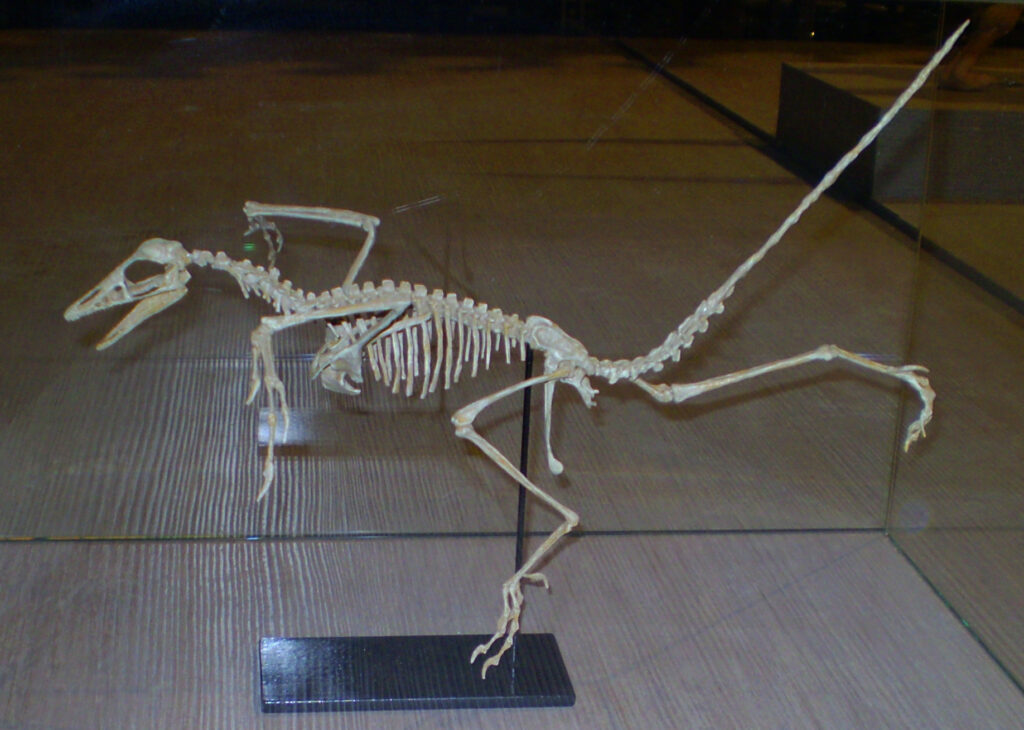
Human factors significantly influence which fossils enter scientific collections, with historical fossil hunting focused primarily on spectacular, large specimens that attract museum visitors and research funding. Traditional prospecting methods involve walking across exposures looking for fossils protruding from eroding surfaces, a technique that inherently favors noticing larger specimens. Small dinosaur fossils can easily be mistaken for fragments of larger animals or non-dinosaurian species, potentially leading to misidentification or overlooking in field collections. Even when tiny dinosaur fossils are recovered, they may receive lower priority for preparation and study compared to more impressive specimens, creating a cascade of biases that further skews our understanding toward larger dinosaurs. Collection methods have improved in recent decades, but historical specimens still dominate museum collections worldwide.
Microhabitat Specialization
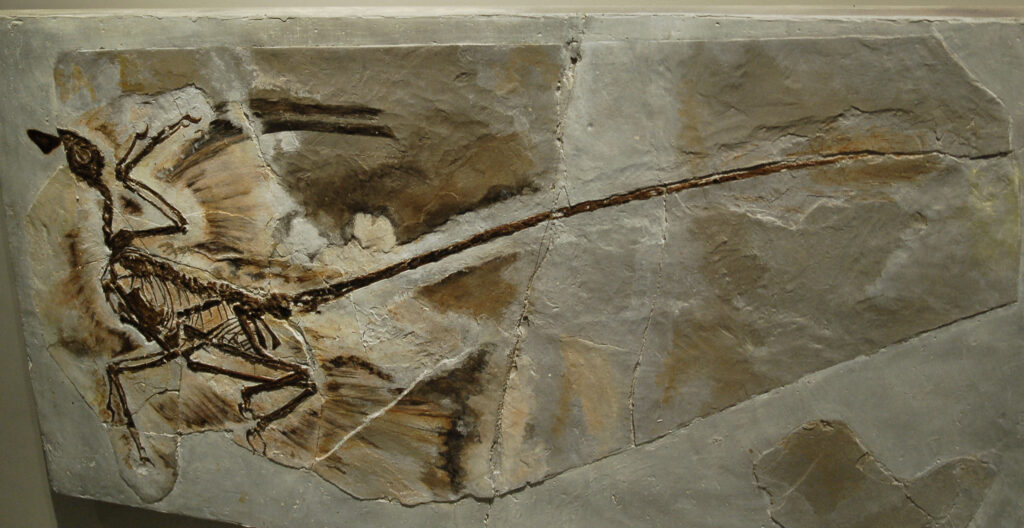
Many small dinosaur species likely occupied specialized ecological niches that further complicated their preservation potential. Arboreal (tree-dwelling) small dinosaurs, like the gliding Microraptor and Yi qi, inhabited environments where carcasses were unlikely to reach sedimentary contexts conducive to fossilization. Forest floors with acidic soils and active decomposer communities rapidly break down small carcasses before preservation processes can begin. Mountain and highland-dwelling small species would experience low preservation rates due to erosion rather than deposition dominating these environments. Specialized microhabitats with unique chemical or biological conditions might have supported distinctive small dinosaur communities that remain largely invisible in the fossil record due to poor preservation conditions in these environments.
Modern Screening Techniques
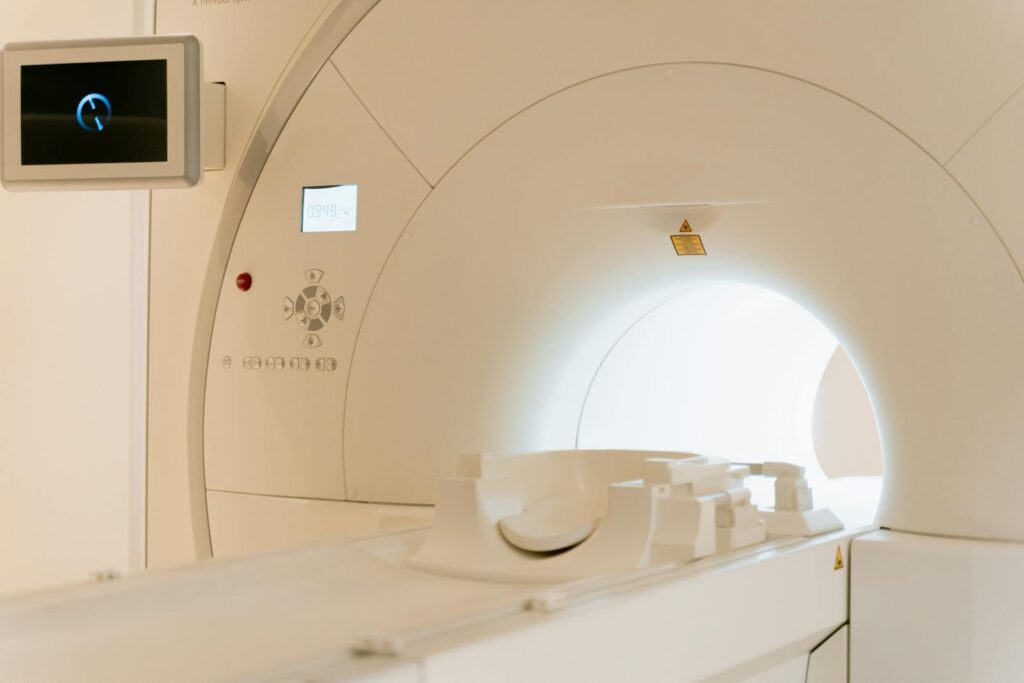
Advances in fossil recovery techniques have revolutionized small dinosaur discovery in recent decades. Microfossil screening, where sediment is washed through fine mesh screens to recover tiny bones and teeth, has become a crucial method for identifying small dinosaur remains that would otherwise go unnoticed. CT scanning technology allows paleontologists to examine fossils embedded in matrix without destructive preparation, revealing minute specimens within larger rock samples. Microvertebrate sites—fossil-rich deposits containing concentrated small vertebrate remains—receive increasing attention from researchers specifically seeking smaller species. These methodological innovations have begun to counteract historical collection biases, though the fundamental taphonomic challenges remain insurmountable for many extinct small dinosaur species.
The Fossil Record’s Lagerstätten Effect

Exceptional preservation deposits called Lagerstätten have provided crucial windows into small dinosaur diversity. The Jehol Biota of China represents perhaps the most significant small dinosaur Lagerstätte, preserving numerous feathered dinosaurs, including tiny species with extraordinary detail, including soft tissues, feathers, and stomach contents. The Solnhofen Limestone of Germany, famous for Archaeopteryx specimens, demonstrates how unusual preservation conditions can protect even delicate, small dinosaur remains. These exceptional deposits form under rare circumstances where rapid burial, minimal oxygen, and unique chemical conditions inhibit decomposition and promote fine-detail preservation. Comparative analysis of Lagerstätten from different periods suggests small dinosaurs were consistently more diverse than the general fossil record indicates, highlighting the magnitude of preservation bias against these diminutive species.
Evolutionary Advantages of Small Size
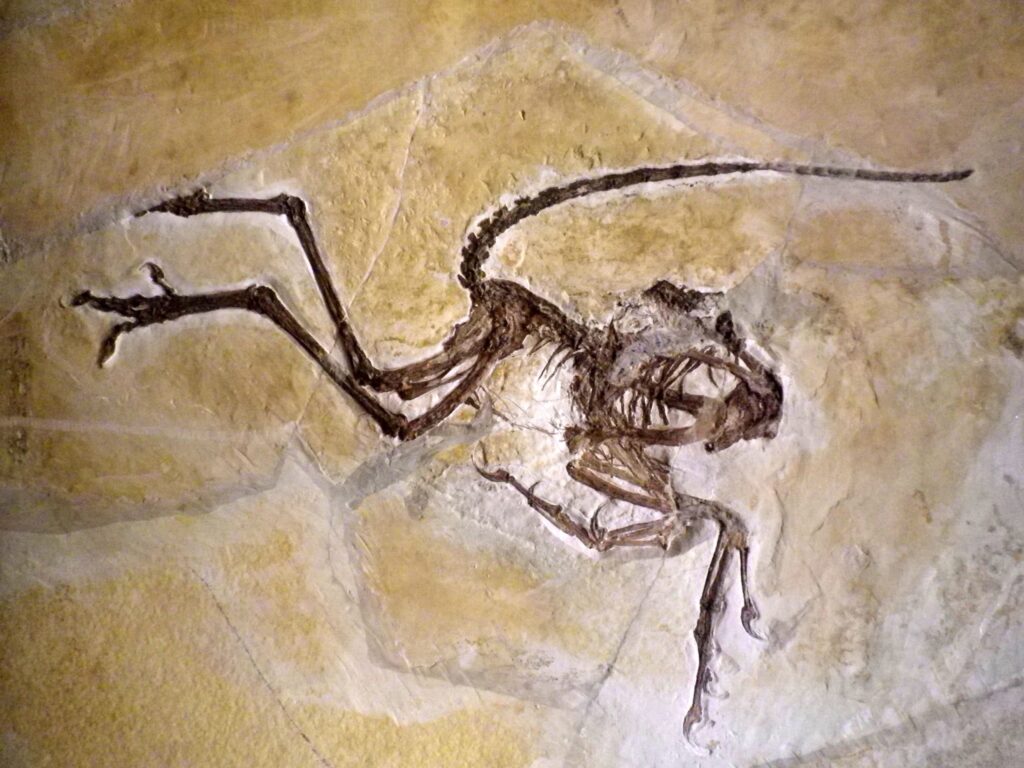
Evolutionary principles suggest small dinosaurs were likely abundant despite their poor representation in the fossil record. Small body size offers numerous adaptive advantages, including reduced food requirements, faster reproduction rates, and the ability to exploit specialized ecological niches inaccessible to larger animals. Microevolutionary processes typically generate greater species diversity at smaller body sizes across animal groups, suggesting dinosaurs likely followed similar patterns. Small theropod dinosaurs demonstrated exceptional evolutionary plasticity, eventually giving rise to birds, the most diverse group of land vertebrates today, ay with over 10,000 species. The remarkable diversity of modern small birds indirectly supports the hypothesis that small dinosaurs were similarly diverse but remain underrepresented due to preservation biases.
Geographic Biases in Small Dinosaur Discoveries

The discovery of small dinosaur fossils shows striking geographic patterns tied to both geological and human factors. China’s exceptional preservation environments have yielded disproportionate numbers of small dinosaur specimens, particularly from Liaoning Province’s Jehol Biota. Madagascar’s Late Cretaceous deposits have revealed important small-bodied dinosaurs, including Rahonavis, highlighting how certain geological contexts favor small fossil preservation. Areas with less paleontological exploration, particularly in the Southern Hemisphere and parts of Asia, may hold undiscovered small dinosaur diversity waiting to be unearthed. Colonial history has influenced fossil collection patterns, with early intensive exploration in Europe and North America potentially creating skewed perceptions of global dinosaur size distribution. These geographic biases suggest our understanding of small dinosaur diversity remains highly incomplete and geographically uneven.
Taxonomic Challenges with Fragmentary Remains
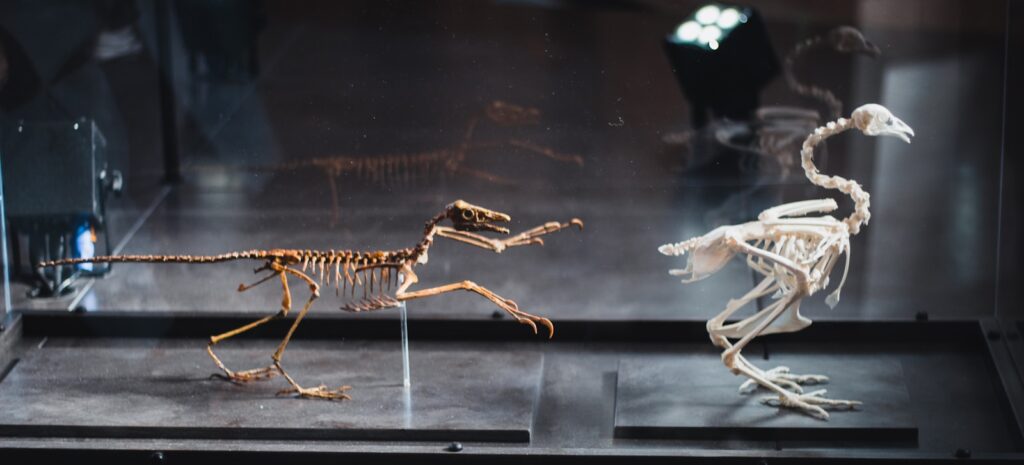
Small dinosaur fossils often present significant taxonomic challenges that further complicate research efforts. Fragmentary remains may preserve insufficient diagnostic features for definitive classification, leaving many small specimens relegated to indeterminate status in scientific literature. Ontogenetic confusion arises because juvenile specimens of larger dinosaur species can be mistaken for adults of small species, requiring detailed histological analysis to differentiate. Small dinosaurs often display mosaic evolution with combinations of primitive and derived features that complicate phylogenetic placement. Convergent evolution among small-bodied dinosaurs from different lineages further challenges accurate classification when working with incomplete specimens. These taxonomic difficulties mean that even when small dinosaur fossils are recovered, they may remain scientifically ambiguous and underrepresented in formal diversity assessments.
Future Prospects for Small Dinosaur Discoveries

Despite the challenges, several promising developments suggest future discoveries will continue enhancing our understanding of small dinosaur diversity. Targeted excavation efforts at microvertebrate localities and potential Lagerstätten sites have increased, with researchers specifically seeking small-bodied species. Advanced imaging technologies, including synchrotron radiation and neutron tomography, now reveal previously invisible details in small specimens, enabling more confident identification and classification. Molecular paleontology techniques might eventually recover proteins or genetic material from small dinosaur fossils, providing additional taxonomic information beyond morphology. Innovative statistical methods accounting for preservation biases now help paleontologists estimate true historical diversity patterns, suggesting numerous small dinosaur species remain undiscovered. While many tiny dinosaur species may remain forever lost to taphonomic processes, these combined approaches promise to gradually fill crucial gaps in our understanding of dinosaur diversity across the size spectrum.
The Missing Miniature Majority
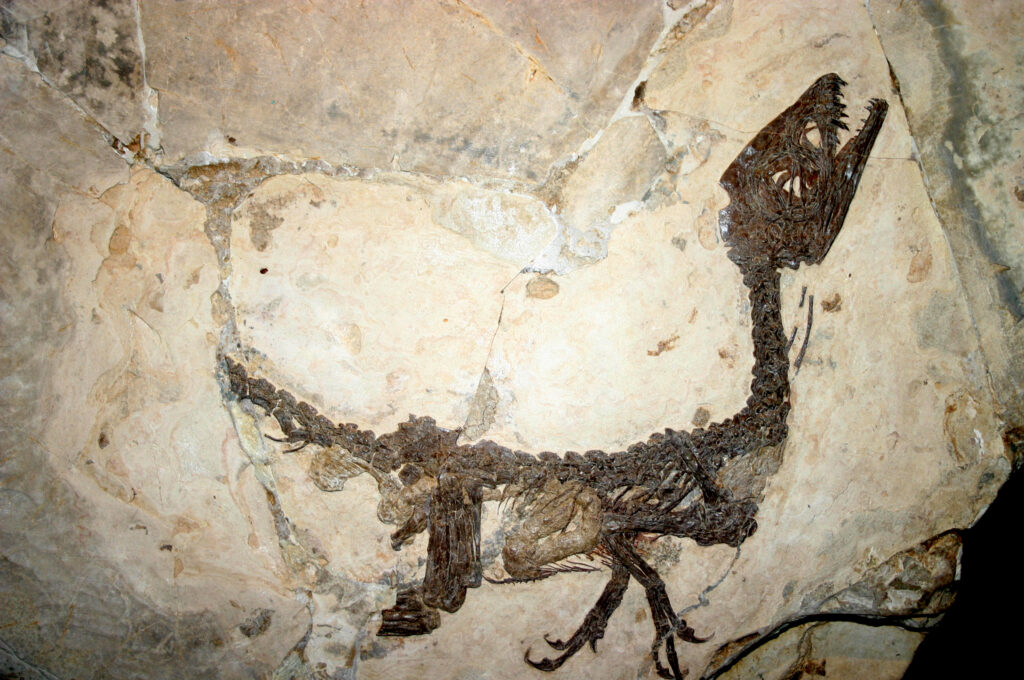
Statistical analyses of vertebrate diversity patterns strongly suggest small dinosaurs represented the “missing majority” of dinosaur species. Body size distribution studies across modern animal groups consistently show higher species diversity at smaller size ranges, a pattern likely applicable to dinosaurs despite preservation biases. Rarefaction analyses of well-preserved fossil assemblages indicate significant undersampling of smaller dinosaur species even in intensively studied formations. The dramatic diversity of small-bodied avian dinosaurs (birds) following the Cretaceous-Paleogene extinction event suggests similar diversity patterns may have existed among their non-avian dinosaur ancestors. These quantitative approaches indicate that our current understanding of dinosaur ecosystems significantly underrepresents small-bodied species, suggesting Mesozoic landscapes hosted far more diverse dinosaur communities than currently documented in the fossil record.
Unearthing the Littlest Giants of Prehistory

The challenge of finding tiny dinosaur fossils reveals as much about the nature of scientific discovery as it does about prehistoric life. The fossil record, like any historical document, comes with inherent biases and limitations that scientists must carefully navigate. While many miniature dinosaur species may remain forever lost to time, each tiny fossil discovery provides valuable insights, gradually reshaping our understanding of dinosaur evolution and ecology. The ongoing search for these elusive specimens reminds us that in paleontology, sometimes the most significant discoveries come in the smallest packages—and that the dinosaur world was likely far more diverse and complex than the spectacular giants that dominate museum halls might suggest.




